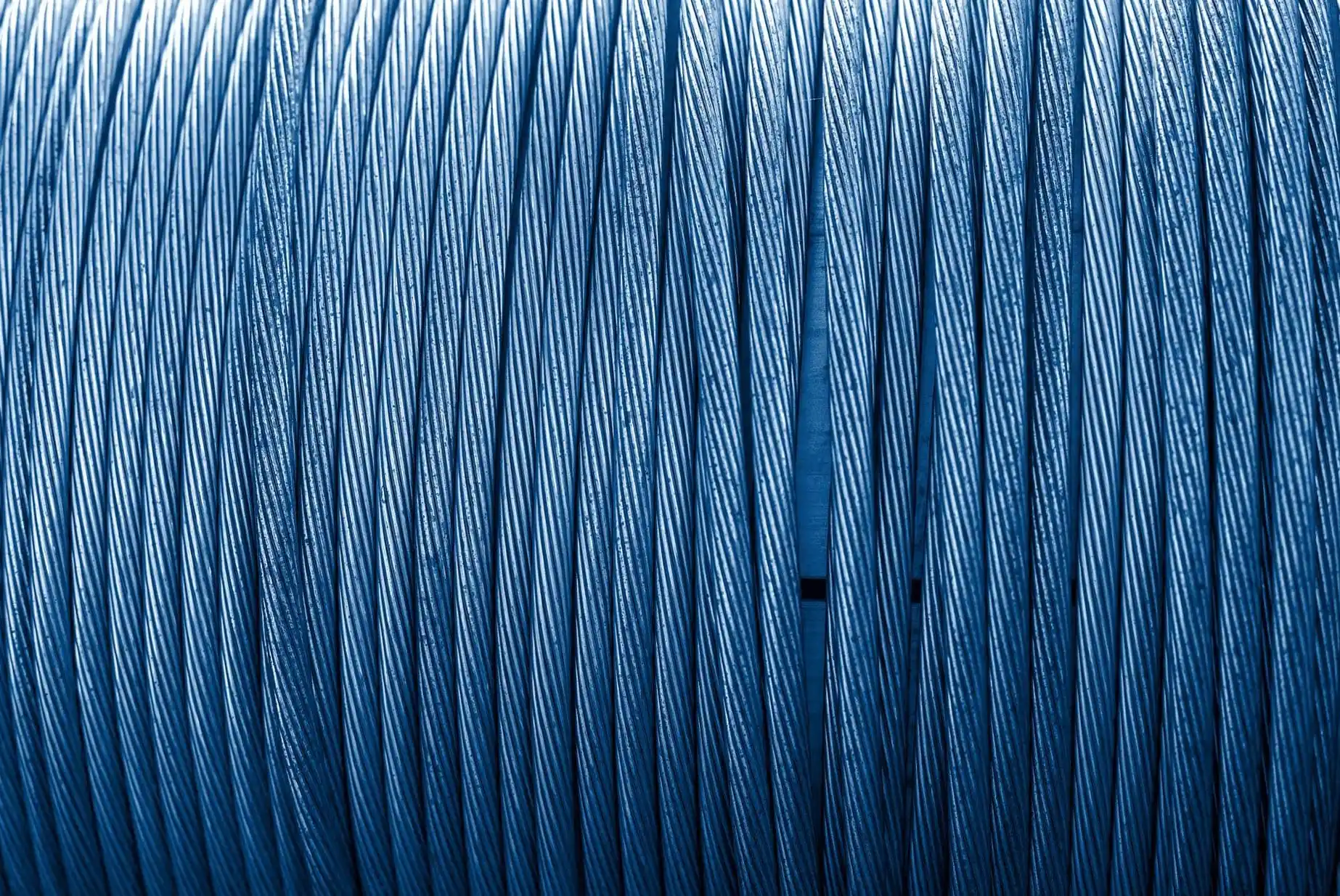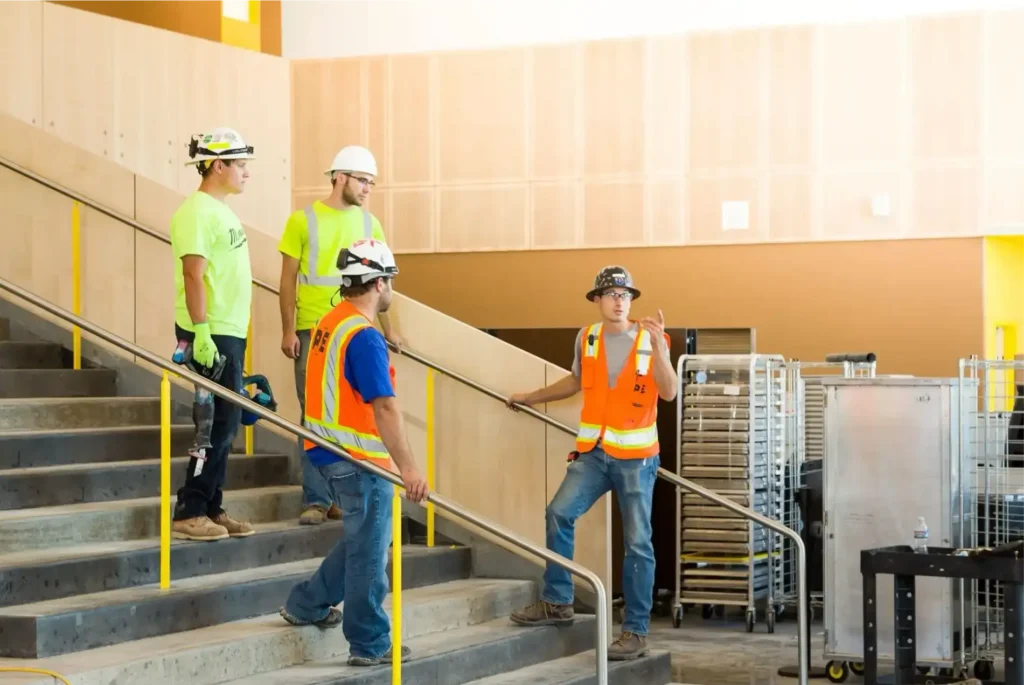Data Cabling Electrician: Essential, Technical Services
Expert data cabling services for commercial, residential, and government projects, ensuring future-ready infrastructure with the latest technology.
Prairie Electric’s data cabling services are a crucial part of commercial, residential, and government infrastructure.
As technology evolves, data cabling requirements change, making it essential to stay updated on the latest advances to ensure buildings are equipped for current and future needs.

What Is Data Cabling?
Data cabling connects electronic devices using cables that transmit electrical signals through a network. These cables typically include:
- Conductors that carry electrical signals,
- Insulation to prevent interference, and
- Protective Layers that shield against damage or external disturbances.

Get Started
Making the world move through the flip of a switch is our passion, and we want the opportunity to quote your next project.
Get StartedPrairie Electric’s Data Cabling Services
Our electricians specializing in data cabling handle installation, maintenance, troubleshooting, and upgrades for data systems. This work often involves running cables through ceilings, walls, and floors, ensuring all connections are secure and reliable. Additionally, our team selects the right materials, such as copper, fiber optic, or coaxial cables, based on the project’s requirements and complies with local building codes to maintain safety and quality.
Adapting to Technological Changes in Data Cabling
Data cabling must keep pace with technological advancements to remain effective. As new cable types and materials become available, older systems may need upgrades to support higher data demands. Our electricians stay informed on industry developments, enabling them to integrate cutting-edge materials and techniques. This future-proofs buildings, ensuring compliance with safety regulations and access to the latest technological capabilities.
At Prairie Electric, we’re committed to providing top-quality data cabling services to meet the diverse needs of the Pacific Northwest. Our expertise ensures your building is prepared for today’s technology—and tomorrow’s.